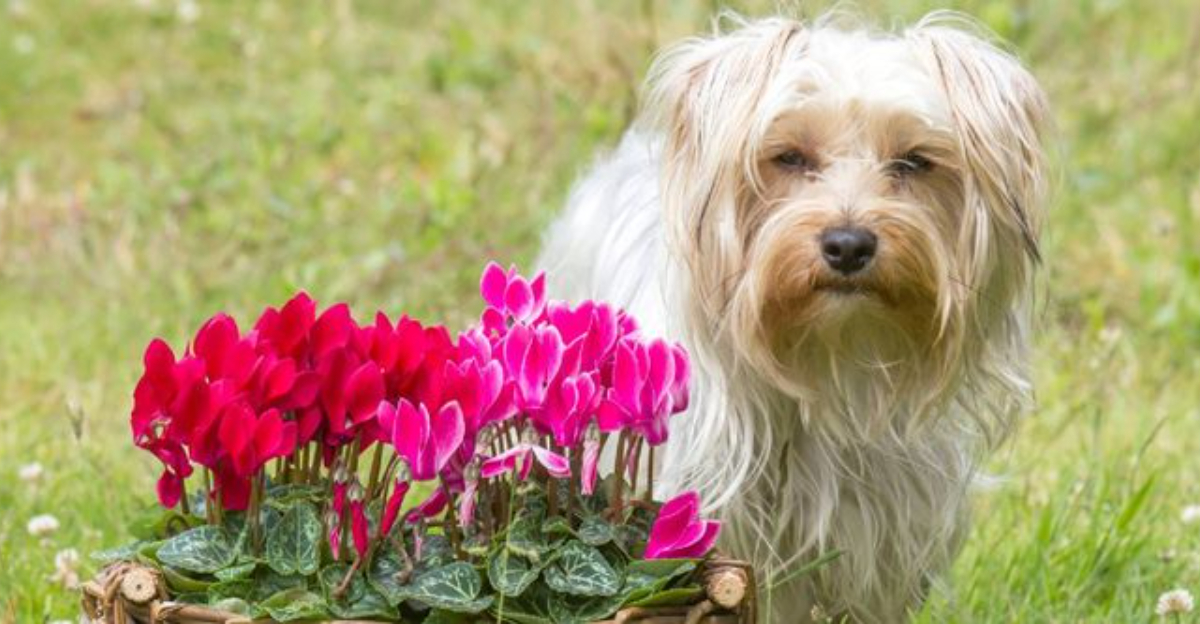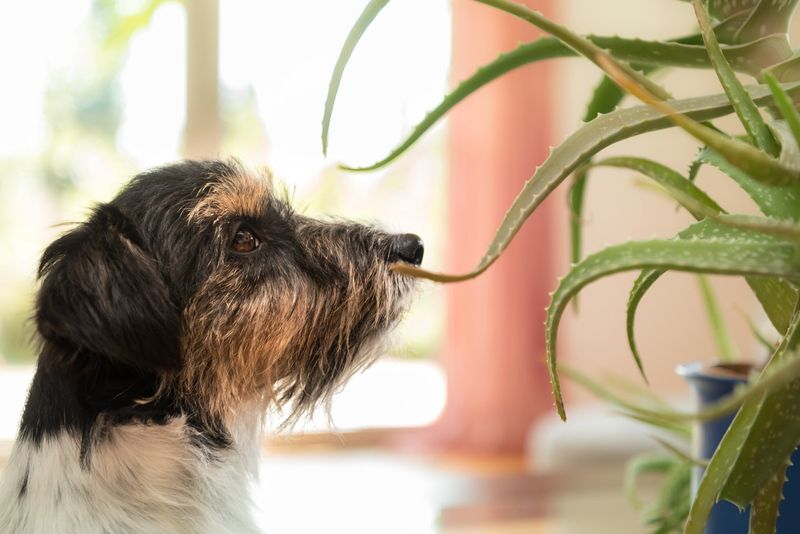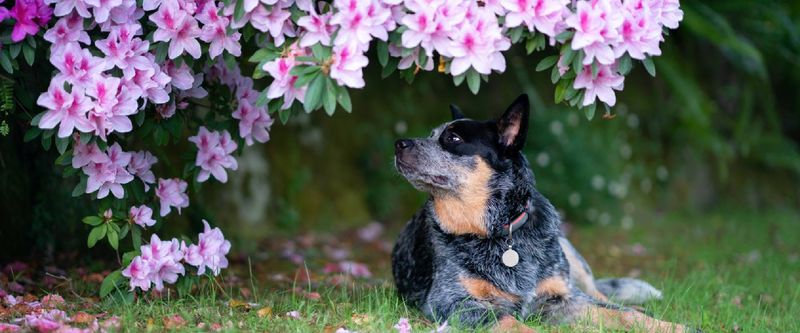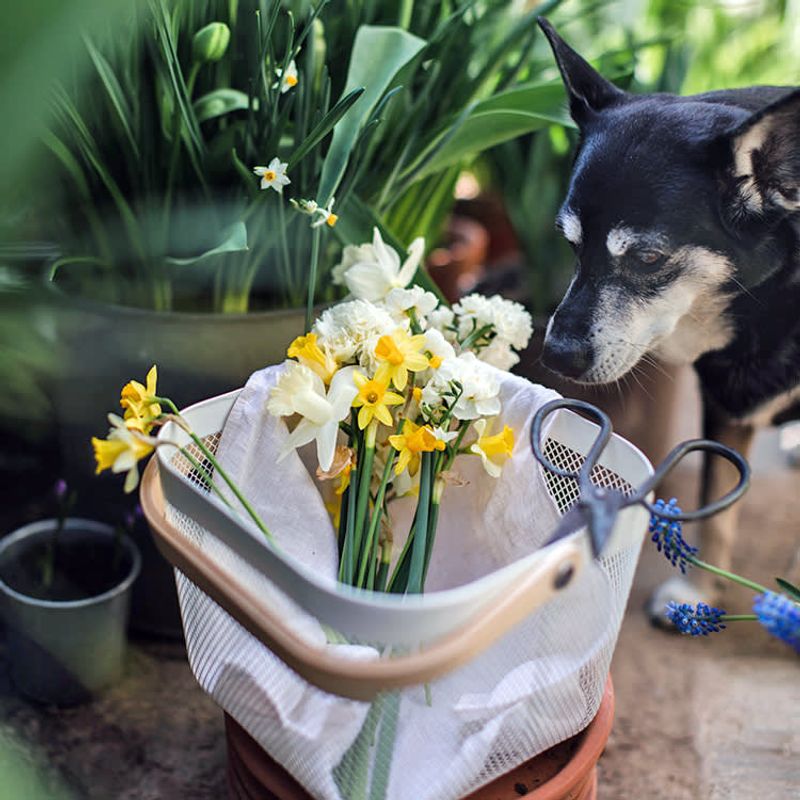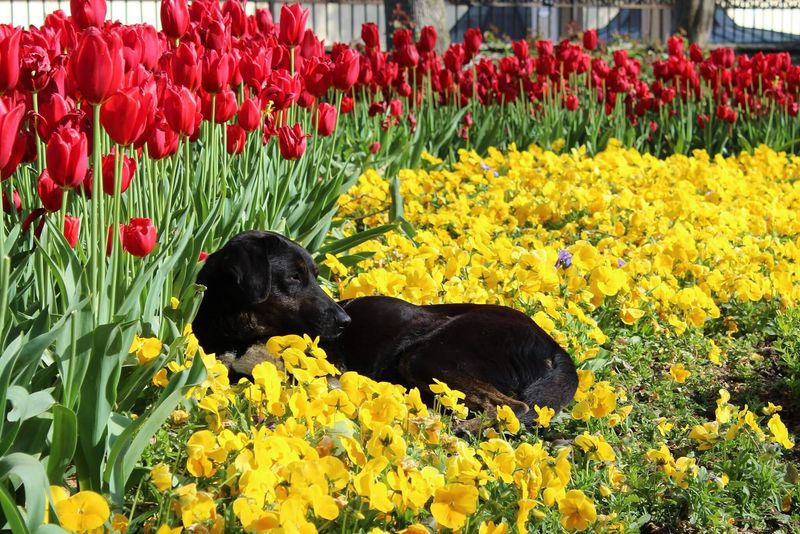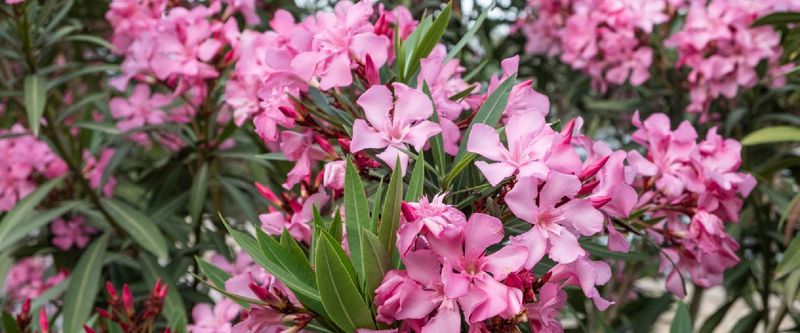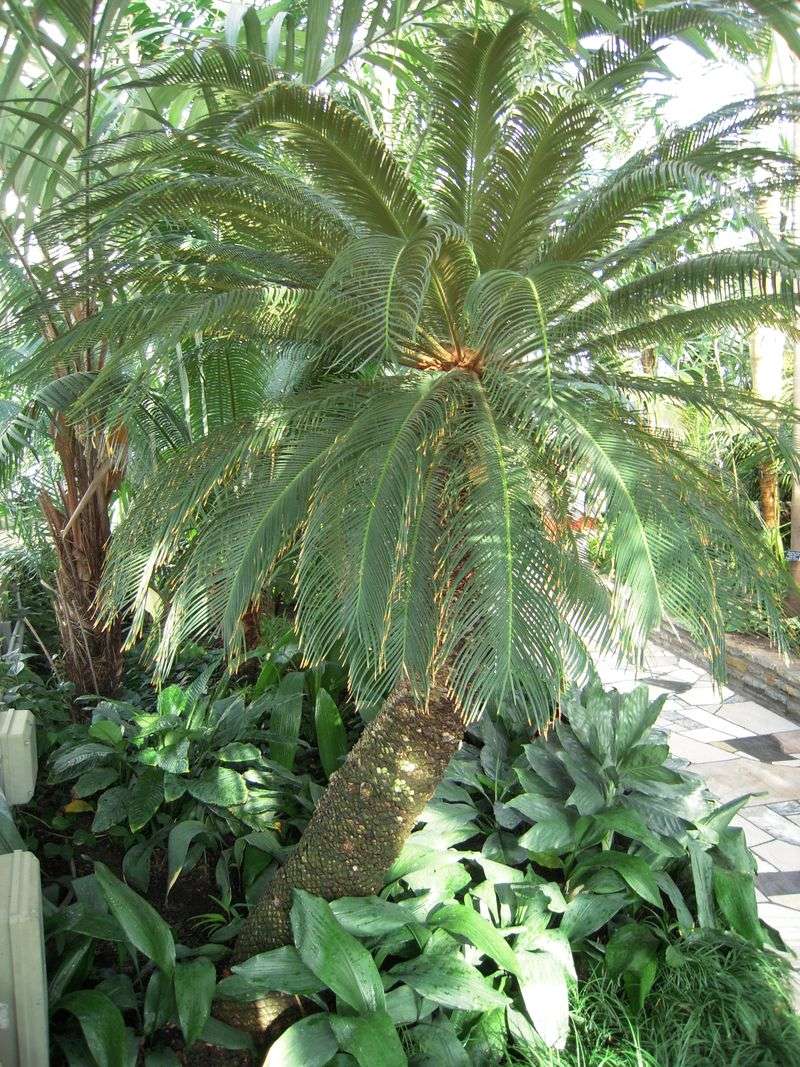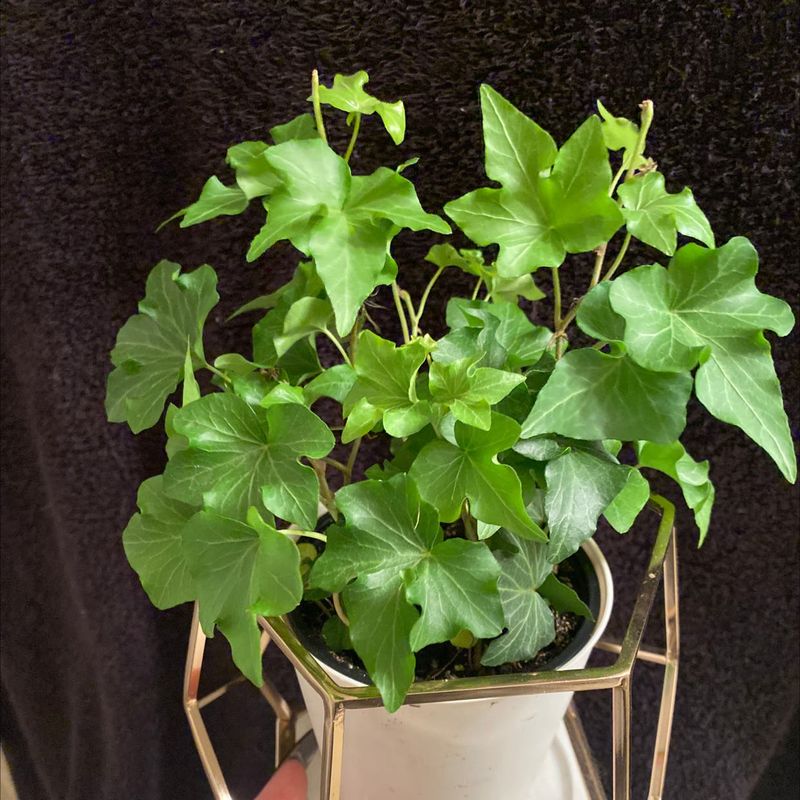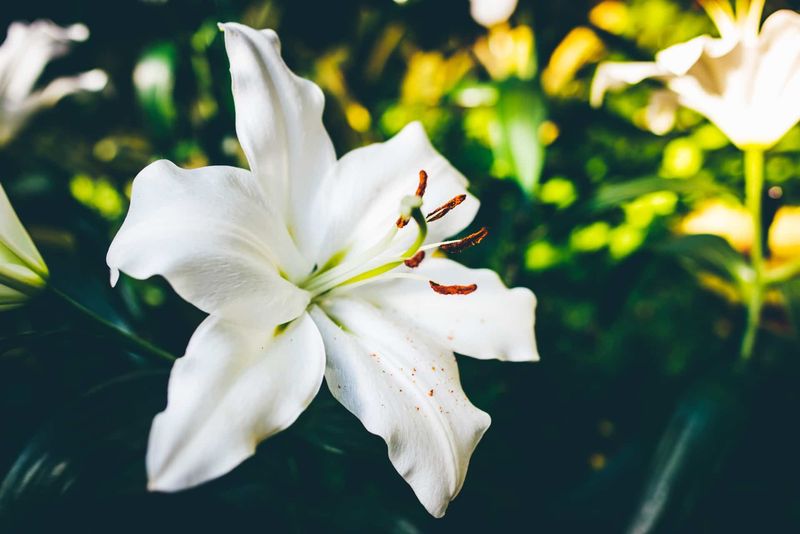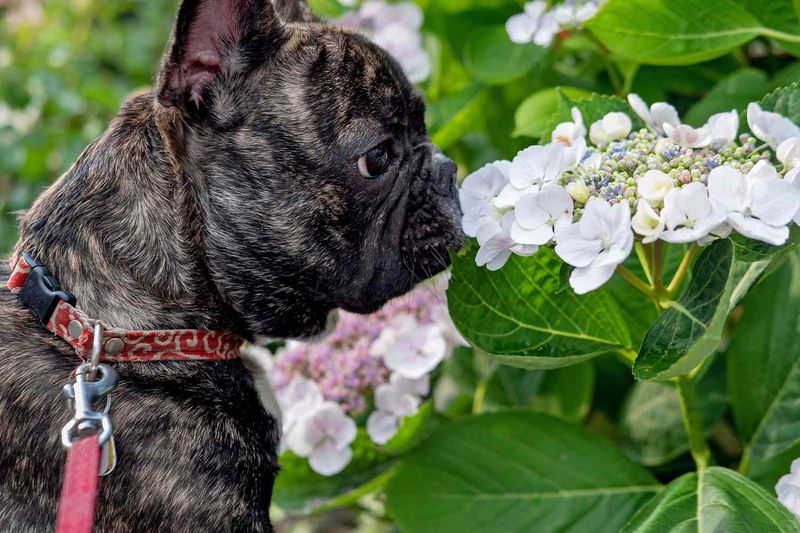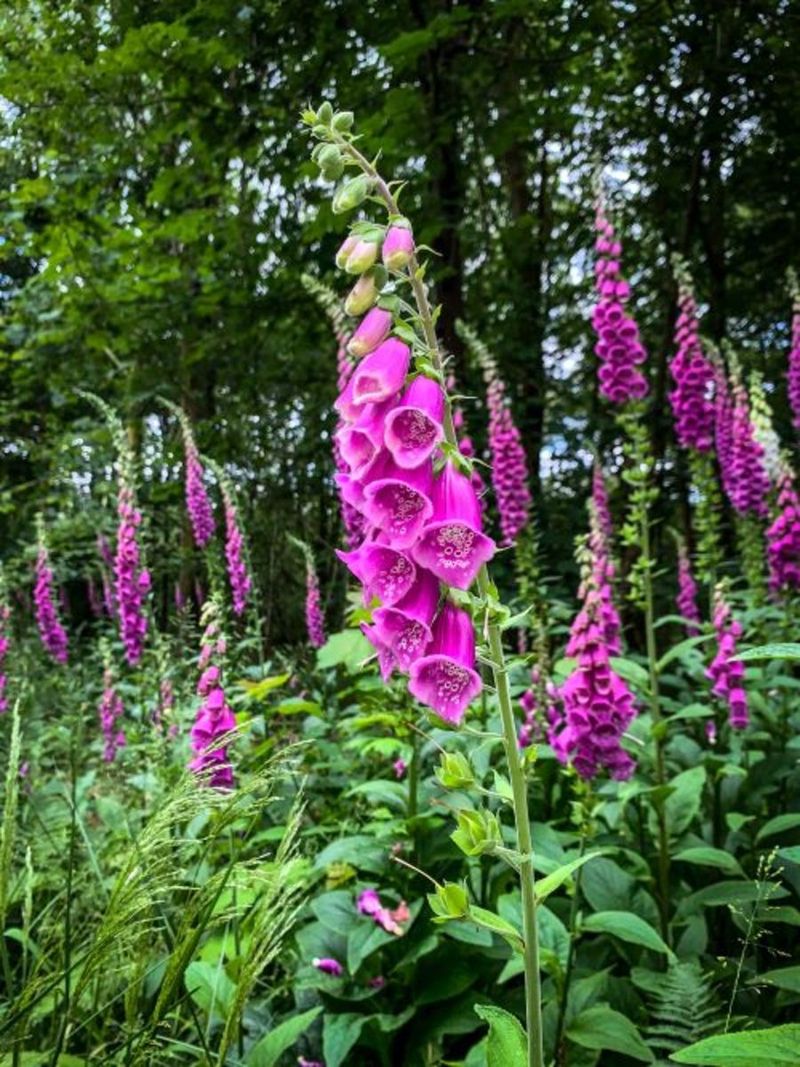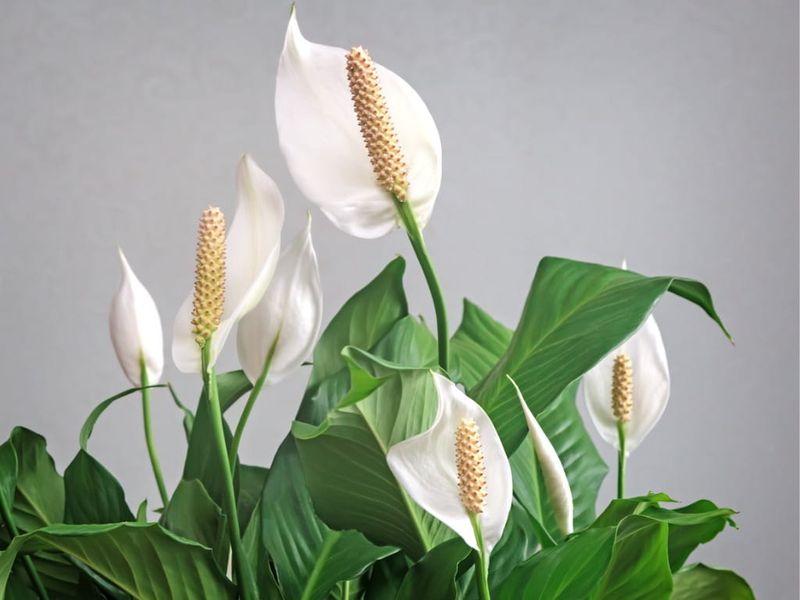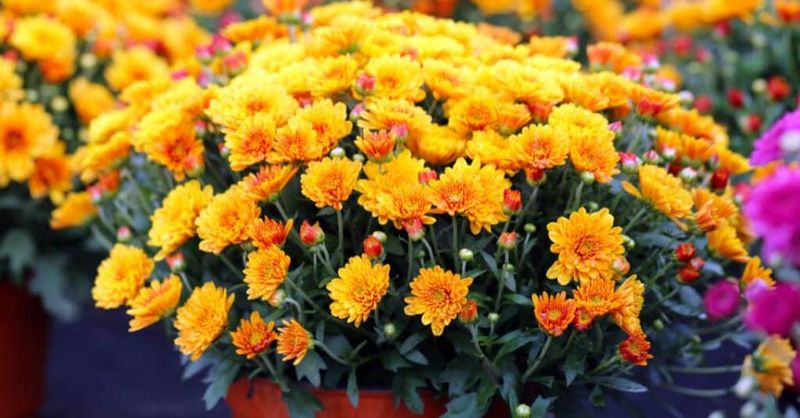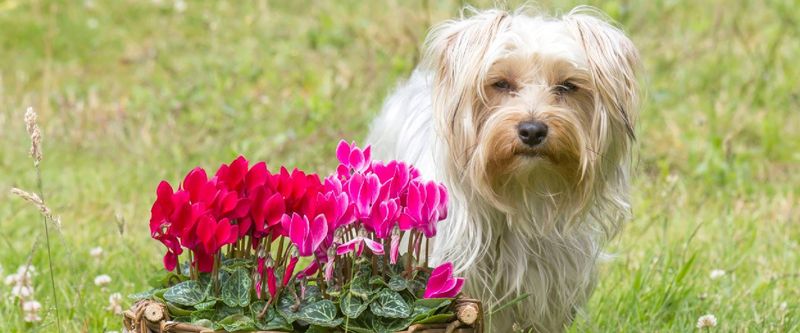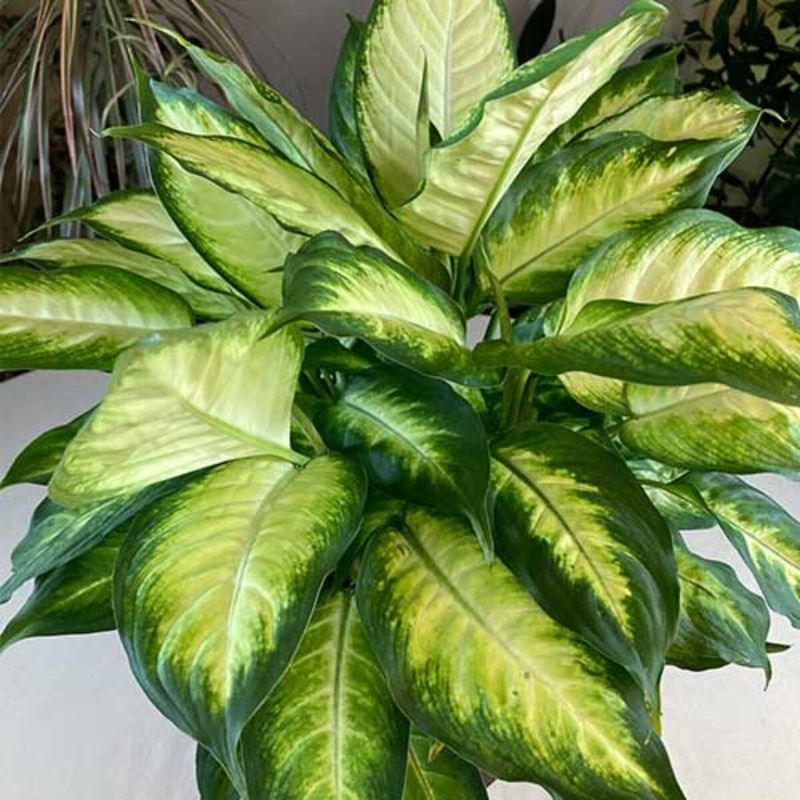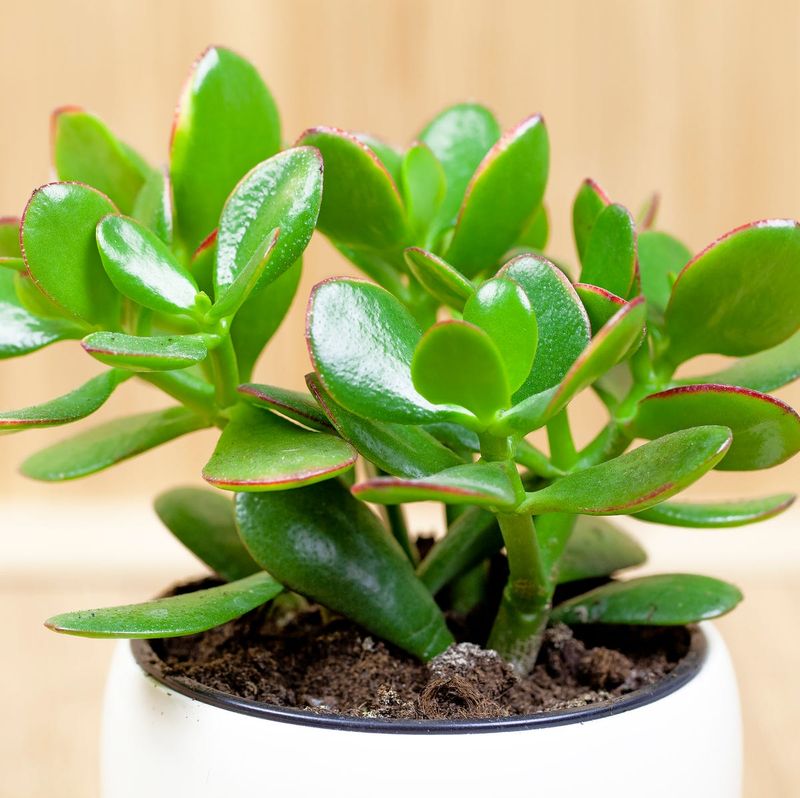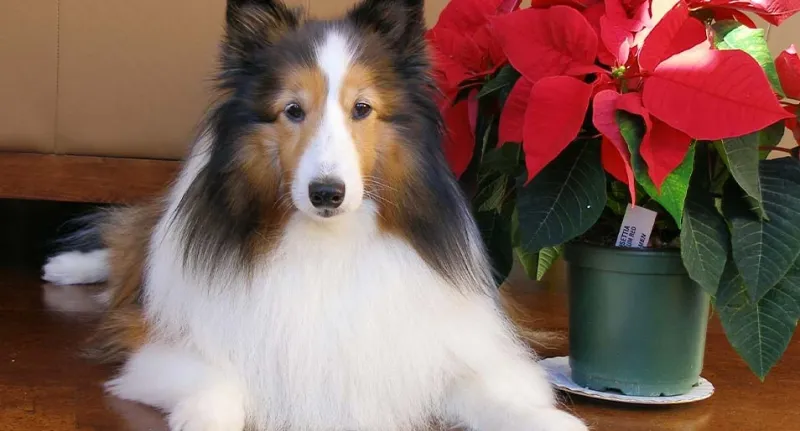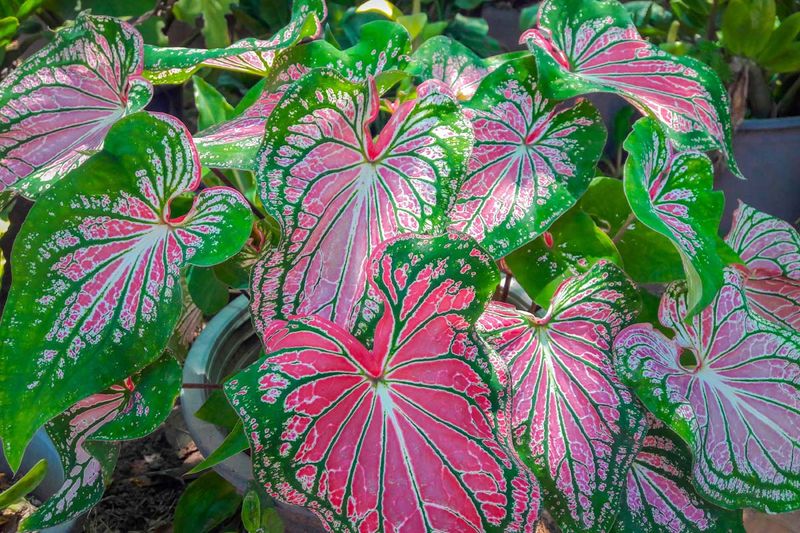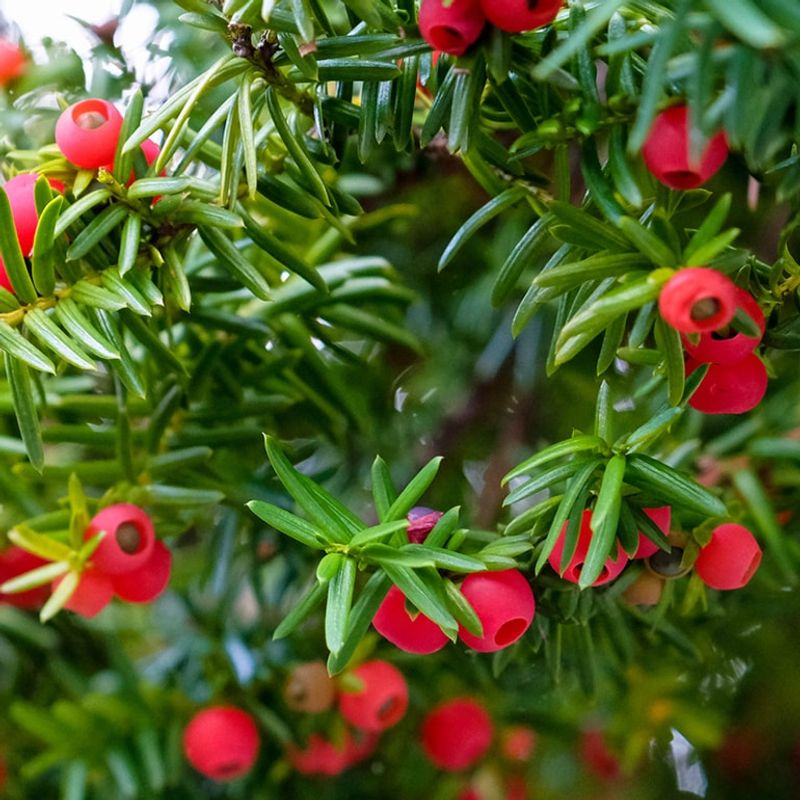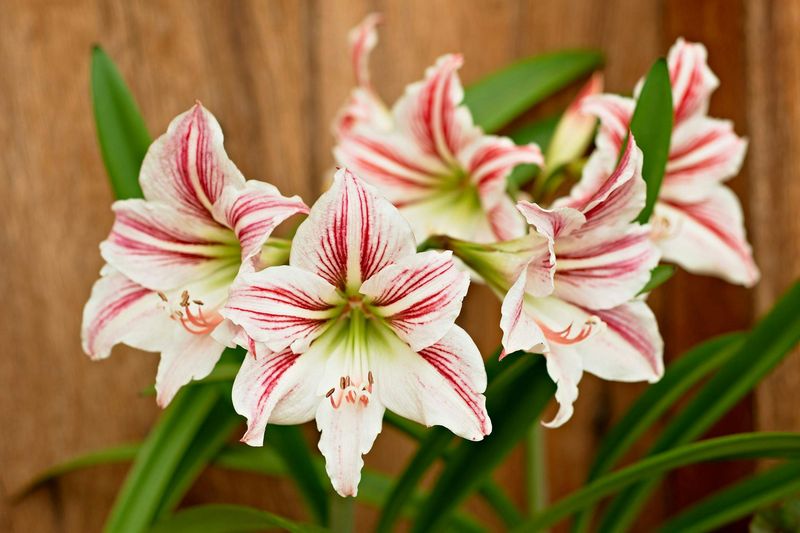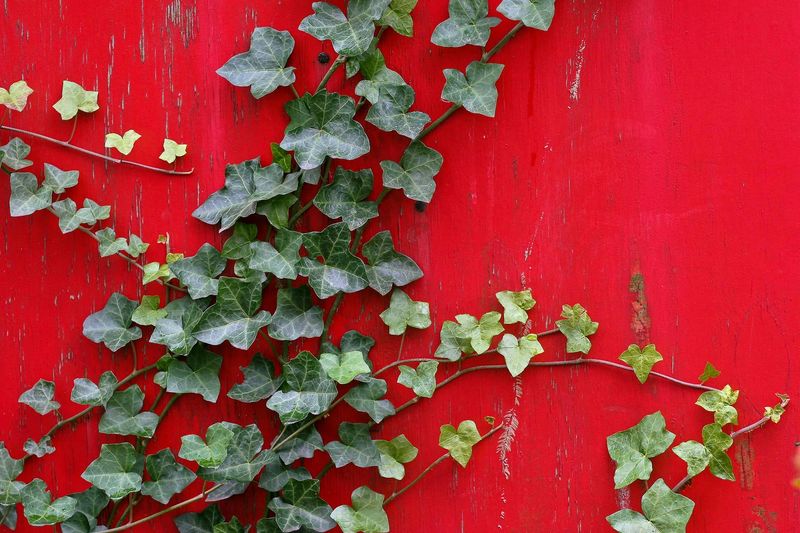Many homes are adorned with beautiful plants that bring life to our living spaces. However, some of these plants can pose a significant risk to our furry friends. If you’re a pet owner, especially of dogs, it’s crucial to know which common plants around your home are harmful to your pets. This blog post will explore 20 popular plants that, despite their beauty, can be dangerous to dogs. Ensuring your pet’s safety is paramount, so let’s dive into this important topic.
Aloe Vera
Aloe Vera, known for its medicinal properties, is a common sight in many households. But did you know it’s harmful to dogs? The saponins and anthraquinones in Aloe Vera can cause vomiting and diarrhea in dogs if ingested. The plant’s thick leaves contain a gel-like substance, often used to soothe human skin, which is not suitable for our canine companions. Keep it out of your dog’s reach, especially curious puppies. If your dog shows symptoms after nibbling on an Aloe plant, consult a vet immediately to ensure they receive the proper care.
Azalea
Azaleas, with their vibrant blooms, are a gardener’s favorite, but they’re not dog-friendly. These shrubs contain grayanotoxins, which can affect a dog’s cardiovascular and nervous systems. Consumption can lead to drooling, vomiting, and even coma in severe cases. The plant’s enticing flowers might attract curious dogs, but it’s best to keep these beauties well out of their way. Consider planting azaleas in areas that are inaccessible to pets, or opt for safer flower alternatives that won’t jeopardize your pet’s health.
Daffodil
Springtime brings a splash of yellow with daffodils, but these cheerful flowers hide a dark secret. Daffodils contain lycorine, which can cause severe digestive issues and more in dogs. The bulbs are especially toxic, often leading to vomiting, diarrhea, and abdominal pain. The beauty of these blooms belies their danger to pets. If you have a curious dog who loves to dig, consider fencing off your daffodils or choosing safer springtime blossoms. A little precaution can prevent a serious health scare for your furry friend.
Tulip
Tulips are a classic sign of spring, yet they pose a danger to dogs due to the compounds called tulipalin A and B. These chemicals can cause vomiting, diarrhea, and depression in dogs. The bulbs are the most toxic part, potentially leading to intense gastrointestinal distress if dug up and eaten. Their stunning appearance makes them a garden staple, but pet owners should plant tulips where dogs can’t reach them. Secure your garden against curious paws to keep your pets safe from these springtime hazards.
Oleander
Oleander, with its elegant flowers, is a staple in many gardens, but it’s surprisingly toxic to dogs. All parts of the oleander plant are poisonous; ingestion can disrupt heart function and cause severe digestive issues. Even a small amount can be lethal. The plant’s beauty masks a potent toxicity, making it crucial for pet owners to consider alternatives. If oleander is in your garden, ensure it’s in an area inaccessible to pets, or remove it altogether to prevent potential tragedies. Always prioritize safety for your furry family members.
Sago Palm
The sago palm, with its tropical appeal, is a popular indoor and outdoor plant. However, it poses a significant risk to dogs due to the presence of cycasin, which can cause liver failure. Dogs that ingest any part of this plant may show symptoms like vomiting, diarrhea, and even seizures. The allure of its feathery leaves can be tempting for pets. To safeguard your dog, avoid having sago palms in areas accessible to them, opting instead for non-toxic plant varieties that won’t endanger their health.
Ivy
Ivy, often used for ornamental purposes, can be harmful to dogs when ingested. The plant contains saponins, which can cause vomiting and abdominal discomfort. Its trailing vines might be appealing to play with, but dogs that chew on ivy can experience distressing symptoms. For pet-safe gardening, consider alternatives that won’t pose a risk. If ivy is already part of your garden or home decor, ensure it’s situated out of your dog’s reach to prevent accidental ingestion and the subsequent health issues.
Lilies
Lilies are beloved for their striking beauty and fragrance, but they are hazardous to dogs. Depending on the type, lilies can cause gastrointestinal upset, including vomiting and diarrhea. Some varieties are more toxic than others. Dogs might be drawn to their scent or appearance, but it’s wise to keep lilies out of their environment. If you love lilies, consider displaying them in areas where your dog can’t access them, preserving both the beauty of your space and the health of your pet.
Hydrangeas
Hydrangeas, with their large blooms, add charm to gardens, yet they contain cyanogenic glycosides that can harm dogs. Ingestion may lead to symptoms such as vomiting, lethargy, and confusion. The striking flowers might catch a dog’s eye, but it’s best to plant hydrangeas where pets can’t reach. For those who adore these blooms, consider safer flower options or ensure your furry friends are supervised in the garden. With the right precautions, your garden can be both beautiful and safe for all family members.
Foxglove
Foxglove, known for its towering flower spikes, contains digitalis, a compound toxic to dogs. Consuming any part of this plant can lead to serious cardiac issues, including heart failure. The plant’s majestic beauty can be misleading, as it poses a significant threat to pets. For a dog-friendly garden, consider replacing foxglove with non-toxic alternatives. If foxglove is already part of your landscape, ensure it’s behind barriers to prevent curious dogs from getting too close and facing potential danger.
Peace Lily
The peace lily, known for its air-purifying qualities, is a popular houseplant, but it’s toxic to dogs. The plant contains calcium oxalate crystals, which can cause oral irritation, drooling, and difficulty swallowing if ingested. Its graceful white blooms and lush foliage might entice dogs, but it’s best to keep peace lilies out of reach. Opt for placing them on high shelves or in rooms that can be closed off from pets. With careful placement, you can enjoy their beauty without compromising your pet’s safety.
Chrysanthemums
Chrysanthemums, often seen in fall gardens, are not dog-friendly. These vibrant flowers contain pyrethrins, which can lead to gastrointestinal upset and skin irritation in dogs. Their appealing hues may attract curious pets, so it’s wise to plant chrysanthemums in areas that are off-limits to dogs. If you love these blooms, consider safer planting strategies, such as raised beds or hanging baskets, to keep them out of reach. This way, you can enjoy their autumnal charm without risking your pet’s health.
Cyclamen
Cyclamen, with its delicate flowers, is often found indoors, yet it poses a risk to dogs. The plant contains terpenoid saponins, which can cause severe digestive distress. Symptoms include vomiting and diarrhea, with the tubers being particularly toxic. Their vibrant blooms might tempt curious noses, so it’s crucial to place cyclamen out of reach. If cyclamen is part of your home decor, ensure it’s situated on high shelves or behind barriers. Safe plant placement ensures both a charming home and a protected pet.
Dumb Cane
Dumb Cane, or Dieffenbachia, is a popular houseplant with its striking leaves, but it’s not safe for dogs. The plant contains calcium oxalate crystals, causing oral irritation and swelling if ingested. Dogs that chew on the leaves may exhibit drooling and difficulty swallowing. Despite its attractive appearance, it’s essential to keep dumb cane out of pet-friendly zones. Consider alternative houseplants that offer beauty without the risk. Proper plant placement can help maintain a harmonious home for both decor lovers and dog owners.
Jade Plant
The jade plant, a succulent with a reputation for good fortune, can be harmful to dogs. It contains unknown toxins that may cause vomiting and depression if ingested. Often found indoors, its glossy, plump leaves might attract pets. To protect your dog, place jade plants in inaccessible locations or opt for safer alternatives. Understanding the potential risks and taking preventive measures ensures your home remains a safe haven for both your pets and your love for indoor greenery.
Poinsettia
Poinsettias, iconic for holiday decor, are mildly toxic to dogs. Their sap contains compounds that can cause mild gastrointestinal upset and skin irritation. Despite popular belief, they are not highly toxic, but caution is advised. Display poinsettias in areas where dogs won’t be tempted to nibble on them. Enjoy the festive spirit these plants bring, but ensure they’re positioned securely away from curious pets. This approach allows you to celebrate the season while prioritizing your dog’s health and safety.
Caladium
Caladium, with its colorful foliage, adds a tropical vibe to any space, yet it’s toxic to dogs. The plant contains calcium oxalate crystals, which can cause severe oral irritation and swelling. Dogs might be drawn to its vibrant leaves, but ingestion can lead to serious discomfort. Ensure caladium plants are kept out of reach or opt for safer decorative options. With careful consideration, you can maintain a vibrant and safe environment for your pets, appreciating your plant collection without worry.
Yew
The yew tree, often used in landscaping, is highly toxic to dogs. All parts of the plant, including the seeds, contain taxines, which can lead to severe cardiac and respiratory issues. Even a small amount can be fatal. Its evergreen appearance and bright berries might attract pets, but it’s crucial to plant yews out of their reach. Consider using alternative shrubs that offer beauty without the risk. A proactive approach to gardening ensures a safe outdoor space for your furry companions.
Amaryllis
Amaryllis, with its bold flowers, often graces homes during the holidays, but it’s toxic to dogs. The plant contains lycorine, leading to symptoms like vomiting and diarrhea. Its showy blooms can be tempting for pets, so it’s essential to keep amaryllis out of reach. If this plant is part of your festive decor, place it on high surfaces or behind barriers. By doing so, you can enjoy its beauty while ensuring your pet’s safety, creating a joyous and worry-free holiday atmosphere.
English Ivy
English Ivy, with its classic appearance, is a familiar sight in many gardens, yet it poses a threat to dogs. The plant contains saponins, causing vomiting and abdominal pain if ingested. Its trailing vines and dense foliage might intrigue pets, so it’s wise to plant ivy away from areas frequented by dogs. Consider alternatives that offer similar aesthetic appeal without the risk. A thoughtful approach to your garden design ensures a safe and beautiful environment for all members of your household, including the four-legged ones.
